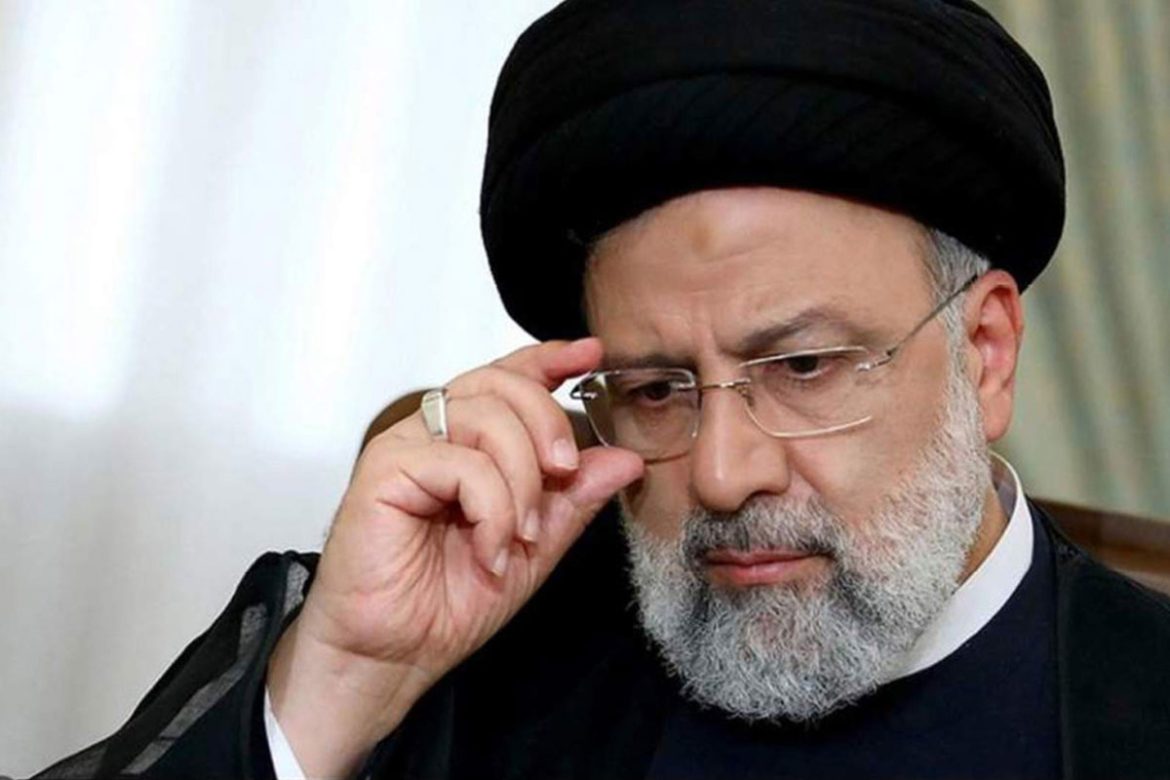With his civilizational and forward-looking approach, Martyr Ayatollah Ebrahim Raisi redefined culture and politics within the framework of reviving the Iranian-Islamic identity and fostering convergence among the power-building components of civilization.
The main axes of this approach included:
- Combining Iranian and Islamic Foundations of Civilizational
Inspired by the historical migration of Imam Reza (AS) to Khorasan and its impact on the formation of scientific centers, Martyr Raisi emphasized the inseparable bonds between Iranian culture and Islamic teachings. He transformed false dichotomies such as “Iranianism versus Islamism” into active unification by operationalizing components such as self-confidence, social unity, and the popularity of the Persian language.
- The most prominent features of Martyr Raisi’s administration were cultural justice as the main axis of policy making, and emphasis on cultural justice as the cornerstone of government programs. This approach included unprecedented support for cultural organizations, promotion of morality and family-centeredness, and confrontation with selective Western human rights discourses.
- A Trans-geographical approach to service-giving on the Model of Imam Ali (AS):
Ayatollah Raisi pursued serving people regardless of racial and geographical boundaries. This sacred approach was in contrast to the selective approaches of Western civilization to human rights and emphasized the universality of Islamic values.
- Linking theory and practice in the field of civilization building:
By applying the cultural theory of the Revolution, Martyr Raisi manifested the noble Islamic concepts in executive policy-making. This civilization-centered power-building involved transforming Razavi ideals into operational programs and creating convergence between Revolutionism and populism.
- Foresight based on historical capacities with an emphasis on historical opportunities, such as Iran’s geopolitical position and scientific capacities. Martyr Raisi considered the revival of Islamic civilization not as a return to the past but as a forward movement using indigenous models. This view called for accelerating progress by moving beyond patchwork approaches and designing political highways.
Having this perspective, Martyr Raisi presented a model of civilizational management in which ethics, justice, and rationality constitute the three pillars forwarding cultural-civilizational policies. This model not only meets domestic needs but is also considered a global model for confronting the crisis of modern Western civilization.
In his civilizational and futuristic view of culture and politics, Martyr Raisi pursued international dimensions with a focus on resistance against the system of global domination and the crystallization of the model of Islamic governance. By emphasizing civilizational independence, he sought to create a model that could withstand the liberal-capitalist system of the West.
He believed that solving domestic and international problems should be done without accepting domination and with an emphasis on indigenous and Islamic resources. This point defined conscious confrontation with Western cultural and economic hegemony as part of the Islamic civilizational mission against Western civilization and the ongoing world order.
By emphasizing strengthening relations with Eastern and African countries, Ayatollah Raisi sought to create new economic and cultural poles in the geography of the Islamic world by doing away with the unilateral approaches to the West. This strategy was aimed at redefining Iran’s role as a civilizational power in the international system.
Inspired by the teachings of Mahdism, Martyr Raisi viewed the new Islamic civilization as a prelude to the reappearance of the savior of the world of humanity. This vision had both national and transnational dimensions. On the one hand, it focused on the reconstruction of the Islamic-Iranian identity, and on the other, it promoted the universality of Islam as an alternative to human crises.
These elements show that the international outlook of Martyr Raisi was a combination of Islamic idealism and political realism, which sought to introduce the civilizational discourse of the Islamic Revolution to the global arena without being passive in the face of the existing order.
By: Ms. Maryam Sajjadi, Doctor of Philosophy in Education





